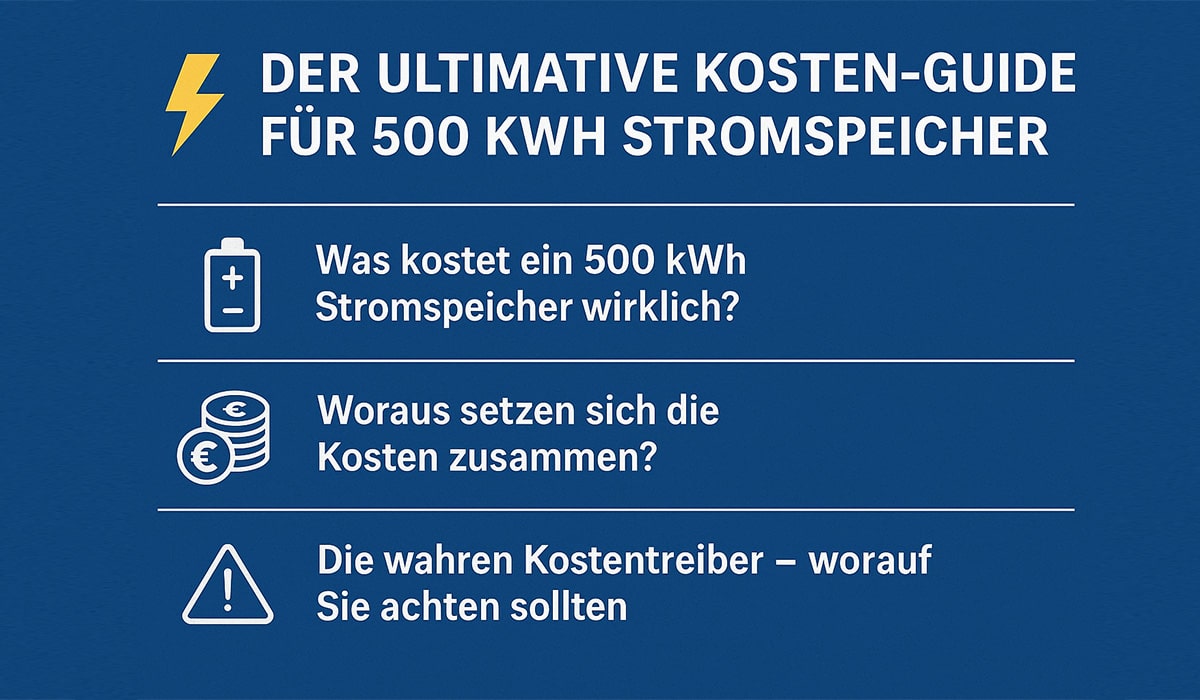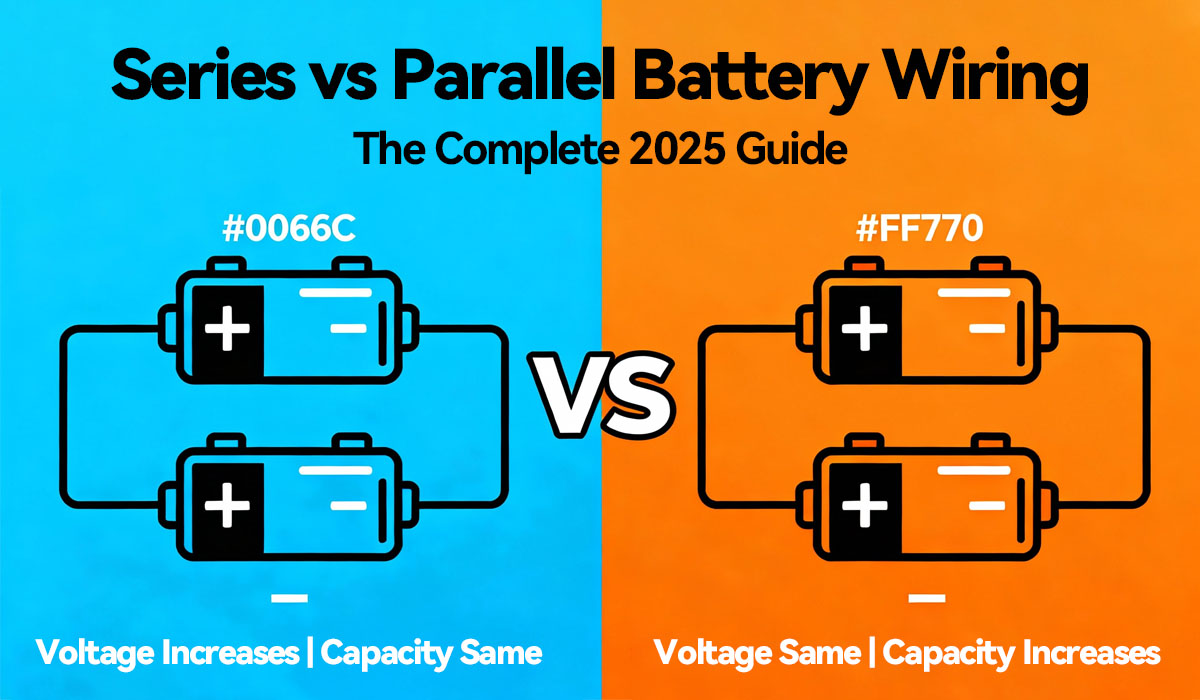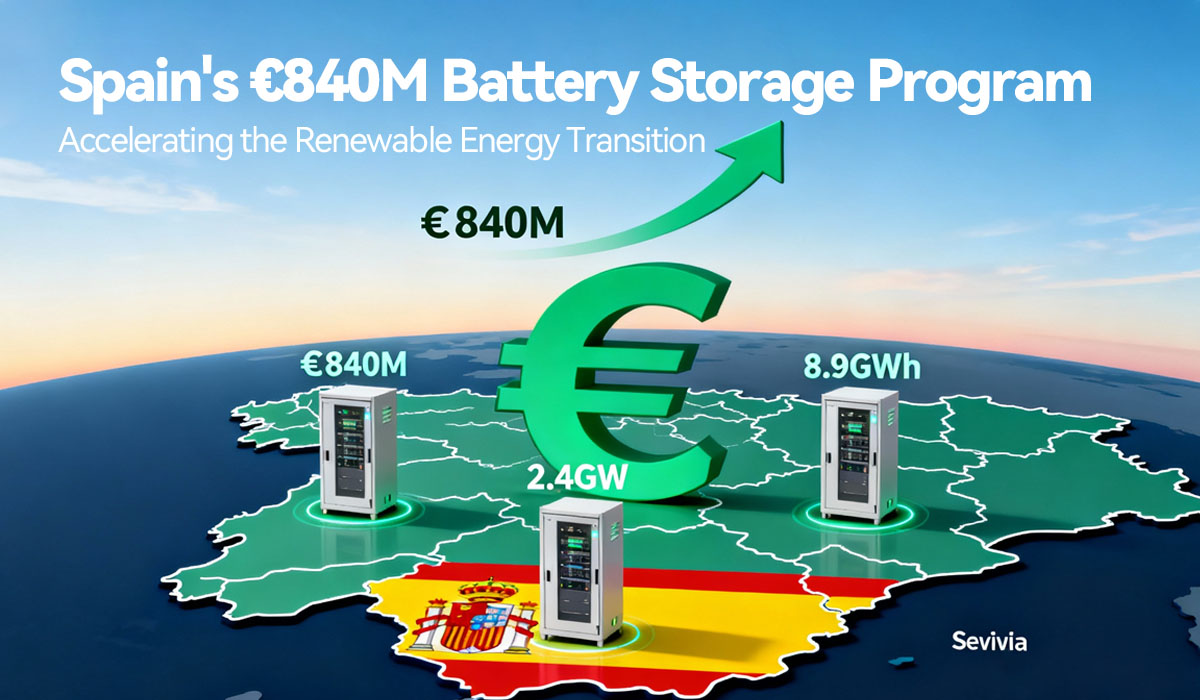Blog
Blog
What is a Dead Cell in a Battery and How to Fix It
Published by Dawnice, August 12, 2025
What is a Battery Cell and How Does It Work?
Before we understand a dead cell in a battery, we need to know what a battery cell is.
A battery cell is the smallest energy storage unit inside your battery pack. Several cells are connected in series or parallel to provide the required voltage and capacity.
If one cell becomes a bad cell in a battery, the entire pack’s performance drops. In extreme cases, the whole battery may stop working — what most people simply call a dead battery or say my battery is dead.
What is a Dead Cell in a Battery?
A dead cell in a battery means that one of the cells can no longer hold or deliver charge.
In lithium-ion storage batteries, this can happen due to overcharging, deep discharging, manufacturing defects, or long-term degradation.
When one cell dies, the battery management system (BMS) will often limit the output to prevent damage, making it seem like the battery is dead — even if other cells still work.
Common Dead Battery Cell Symptoms
Recognizing dead battery cell symptoms early can save you from bigger problems. Look out for:
-
Sudden and fast drop in capacity
-
Battery not charging beyond a certain percentage
-
Overheating during charging or discharging
-
Voltage imbalance between cells (seen in advanced diagnostics)
-
The battery shuts down unexpectedly
If you spot bad battery cell symptoms in your energy storage system, it’s time to investigate before the battery with dead cell causes downtime.
Why Do Battery Cells Go Bad?
There are several reasons for a bad cell battery:
-
Overcharging – pushing voltage above safe limits
-
Deep discharge – draining battery too much before charging
-
High temperature – accelerates chemical breakdown
-
Aging – natural wear over hundreds of cycles
-
Physical damage – impact or poor handling
These factors cause chemical reactions inside the cell to degrade the electrodes and electrolyte, eventually making a dead cell in a battery inevitable.
Can You Fix a Dead Cell in a Battery?
Whether you can fix it depends on the type of battery:
-
Lead-acid batteries – Sometimes you can revive a bad cell with an equalization charge or by replacing the faulty cell.
-
Lithium-ion batteries – In most cases, a dead cell in battery cannot be revived safely. The best option is replacing the cell (if possible) or the entire module.
-
DIY methods like overvoltage “jump-start” are risky and not recommended for lithium batteries — they can cause fire or explosion.
If your battery bad cell symptoms persist, consult a professional to replace the faulty part.
How to Prevent Dead Cells in Batteries
While you can’t stop aging, you can delay a bad cell battery by:
-
Avoiding overcharging and deep discharging
-
Keeping batteries at moderate temperatures
-
Using a quality BMS to balance cells
-
Storing batteries partially charged if unused for long periods
-
Regularly monitoring dead cell in battery symptoms to catch issues early
These steps extend lifespan and keep your energy storage system running efficiently.
Final Thoughts
A dead cell in a battery is like a weak link in a chain — it can bring the whole system down. By knowing the dead battery cell symptoms, understanding the causes, and following good maintenance practices, you can protect your investment and avoid unexpected downtime in your energy storage system.






